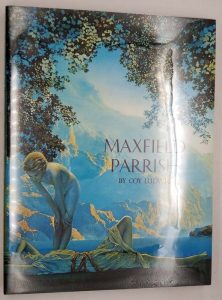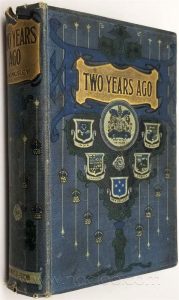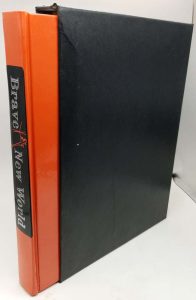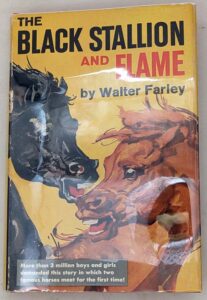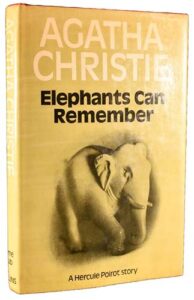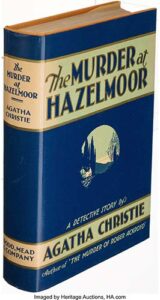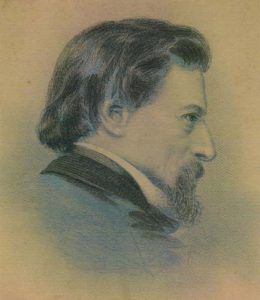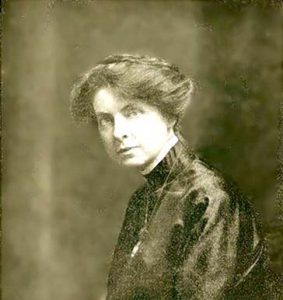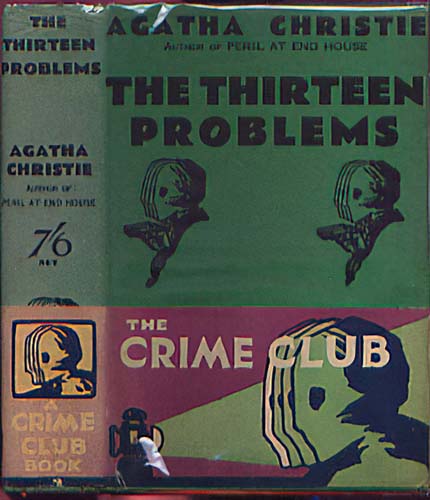
The Thirteen Problems is a short story collection by British writer Agatha Christie, first published in the UK by Collins Crime Club in June 1932 and in the US by Dodd, Mead and Company in 1933 under the title The Tuesday Club Murders. The UK edition retailed at seven shillings and sixpence (7/6) and the US edition at $2.00. The thirteen stories feature the amateur detective Miss Marple, her nephew Raymond West, and her friend Sir Henry Clithering. They are the earliest stories Christie wrote about Miss Marple. The main setting for the frame story is the fictional village of St Mary Mead.
Plot Summary
[SPOILER ALERT]
As in some of her other short story collections (e.g. Partners in Crime), Christie employs an overarching narrative, making the book more like an episodic novel. There are three sets of narratives, though they themselves interrelate. The first set of six are stories told by the Tuesday Night Club, a random gathering of people at the house of Miss Marple. Each week the group tell tales of mystery, always solved by the female amateur detective from the comfort of her armchair. One of the guests is Sir Henry Clithering, an ex-Commissioner of Scotland Yard, and this allows Christie to resolve the story, with him usually pointing out that the criminals were caught.
Sir Henry Clithering invites Miss Marple to a dinner party, where the next set of six stories are told. The group of guests employ a similar guessing game, and once more Miss Marple triumphs. The thirteenth story, Death by Drowning, takes place some time after the dinner party when Miss Marple finds out that Clithering is staying in St Mary Mead and asks him to help in the investigation surrounding the death of a local village girl. At the start of the story Miss Marple secretly works out who the murderer is and her solution proves correct.
Publication history
- 1932, Collins Crime Club (London), June 1932, Hardcover, 256 pp
- 1933, Dodd Mead and Company (New York), 1933, Hardcover, 253 pp
- 1943, Dell Books (New York), Paperback, (Dell number 8 [mapback])
- 1953, Penguin Books, Paperback, (Penguin number 929), 224 pp (under slightly revised title of Miss Marple and the Thirteen Problems)
- 1958, Avon Books (New York), Paperback (Avon number T245)
- 1961, Pan Books, Paperback (Great Pan G472), 186 pp
- 1963, Dell Books (New York), Paperback, 192 pp
- 1965, Fontana Books (Imprint of HarperCollins), Paperback, 192 pp
First publication of stories
All but one of the stories (the exception being The Four Suspects) first appeared in the UK in monthly fiction magazines. The first sequence of six stories appeared in The Royal Magazine – with illustrations for all the instalments by Gilbert Wilkinson – as follows:
- The Tuesday Night Club – first published in issue 350 in December 1927.
- The Idol House of Astarte – first published in issue 351 in January 1928.
- Ingots of Gold – first published in issue 352 in February 1928
- The Blood-Stained Pavement – first published in issue 353 in March 1928.
- Motive versus Opportunity – first published in issue 354 in April 1928.
- The Thumb Mark of St. Peter – first published in issue 355 in May 1928.
After eighteen months, the second sequence of stories appeared, in a slightly different order to the book collection, and un-illustrated, in The Story-Teller Magazine as follows:
- The Blue Geranium – first published in issue 272 in December 1929.
- A Christmas Tragedy – first published under the alternative title of The Hat and the Alibi in issue 273 in January 1930.
- The Companion – first published under the alternative title of The Resurrection of Amy Durrant in issue 274 in February 1930.
- The Herb of Death – first published in issue 275 in March 1930.
- The Four Suspects – first published in issue 276 in April 1930.
- The Affair at the Bungalow – first published in issue 277 in May 1930.
The final story in the book, Death by Drowning, was first published in issue 462 of Nash’s Pall Mall Magazine in November 1931, with illustrations by J.A. May. In the United States, the first six stories appeared in Detective Story Magazine in 1928, with uncredited illustrations, as follows:
- The Tuesday Night Club – first published in Volume 101, Number 5 on 2 June under the title The Solving Six.
- The Idol House of Astarte – first published in Volume 101, Number 6 on 9 June under the title The Solving Six and the Evil Hour.
- Ingots of Gold – first published in Volume 102, Number 1 on 16 June under the title The Solving Six and the Golden Grave.
- The Blood-Stained Pavement – first published in Volume 102, Number 2 on 23 June under the title Drip! Drip!
- Motive versus Opportunity – first published in Volume 102, Number 3 on 30 June under the title Where’s the Catch?
- The Thumb Mark of St. Peter – first published in Volume 102, Number 4 on 7 July under its original title.
The Four Suspects received its first true publication in the US in the January 1930 issue (Volume 31, Number 4) of Pictorical Review. The same magazine also printed The Blue Geranium in February 1930 (Volume 31, Number 5) and The Companion in March 1930 (Volume 31, Number 6) under the slightly revised title of Companions. These three instalments were illustrated by De Alton Valentine. The Tuesday Night Club short story received its first book publication in the anthology The Best Detective Stories of the Year 1928, edited by Ronald Knox and H. Harrington and published in the UK by Faber and Faber in 1929 and in the US by Horace Liveright in the same year under the slightly amended title of The Best English Detective Stories of 1928.
The storyline of The Companion was later expanded and reworked into a full-length novel, published as A Murder is Announced, the fourth novel to feature Miss Marple.
The Thirteen Problems – First Edition Book Identification Guide
The books are listed in the order of publication. While the majority of Agatha Christie’s books were first published in the UK. There are many titles that were first published in the US. The title of the book may differs from the UK edition in some cases.
| Year | Title | Publisher | First edition/printing identification points |
|---|---|---|---|
| 1932 | The Thirteen Problems | William Collins & Sons, London, [1932] | First edition. "Copyright 1932" stated on the copyright page. No statement of later printings Orange cloth lettered in black. Issued with a wrap around band. Price 7/6. |
| 1933 | The Tuesday Club Murders | Dodd, Mead & Co, NY, 1933 | First American edition. Date on the title & copyright page matches. No statement of later printings. Pink cloth lettered in black. Price $ 2.00. |
Note about Book Club Editions (BCE) and reprints:
UK: You can see statements of later reprint dates or of book club on the copyright page.
US: The US reprint publishers usually use the same sheets as the first edition and are harder to identify by looking at the title page or the copyright page. One may identify a BCE by looking at the DJ, which doesn’t have a price on top of the front flap and a “Book Club Edition” imprint at the bottom. If the dust jacked is clipped at both the top/bottom of the front flap. You can safely assume it’s a BCE . If the book is missing the dust jacket. Later BCE editions can be identified by its plain boards, while first printings are issued in quarter cloth.
Please refer to the gallery for detailed images of true first edition bindings and dust jackets.
The Thirteen Problems – First Edition Dust Jacket Identification Guide
First edition bindings and various dust jacket printings identification.
